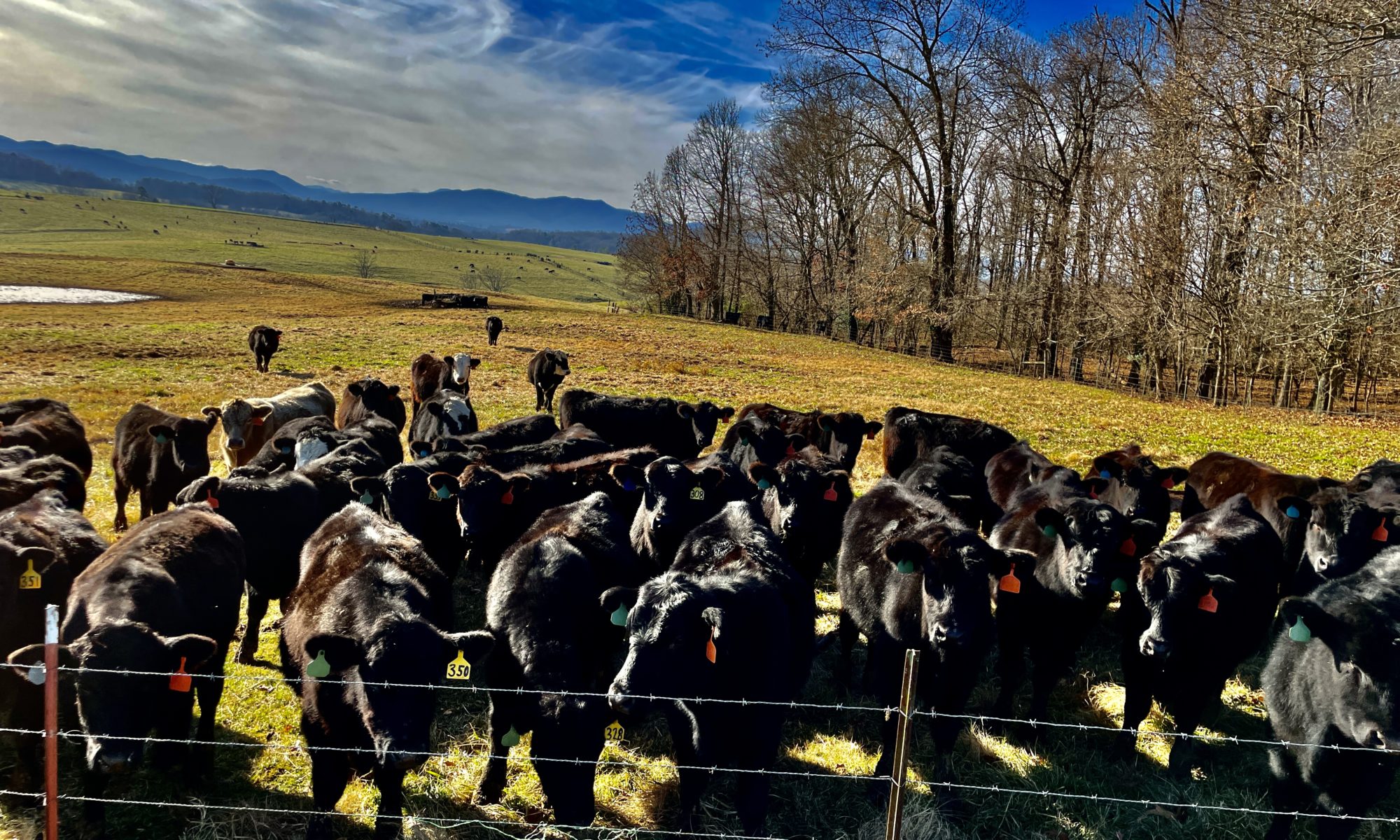

Dr. Andrew Griffith
Assistant Professor
Department of Agricultural and Resource Economics
P: 865-974-7480
Every cattle producer running a cow-calf operation knows reproduction is important, because the calf crop is what generates cash flow and profits. Alternatively, the failure to produce a calf crop can put an operation out of business. But, what if cattle could reproduce like rabbits? Rabbits can breed several times in a year and produce multiple offspring each time. Alternatively, cattle producers generally shoot for one calf per cow annually, but few producers wean and market 100 percent of a calf crop.
Before delving deeper into the weaning and marketing rate of cattle, hog producers have a different way of looking at the importance of reproduction. The two values they consider for reproductive success are pigs per litter and the number of litters per year. Based on the quarterly hogs and pigs report, the number of pigs per litter has increased from 9.0 pigs to 11.5 pigs per litter over the past 20 years. Over the same time period, the number of litters per year has increased from about 1.9 to 2.0. These small numbers may not seem like a big deal, but the ability to produce nearly 3 more pigs from each sow on an annual basis adds dollars to the bottom line. (There are certainly hog producers with higher and lower pigs per litter and litters per year than the data being discussed.)
Readers may be asking how this relates to reproductive efficiency in cattle operations, and how such improvements could improve profitability. The low hanging fruit is the first thing that comes to mind and that is improving the conception, calving, weaning and marketing rate. Given all of these rates are related, the focus will be on improving the marketing rate of cattle relative to the quantity of cows exposed to a bull. For instance, a producer with 25 cows who markets 22 calves would have an 88 percent marketing rate, while the producer who markets 23 calves would have a 92 percent marketing rate. Thinking from this perspective, a synopsis of Kansas State University farm management data demonstrates cattle operations in the highest third of profitability had a 91.5 percent marketing rate while the lowest third from a profitability standpoint had an 88.7 percent marketing rate.
The second piece of low hanging fruit that comes to mind is the weight at which calves are sold. This is could be thought of as weaning weight since many people market calves at time of weaning. However, based on Kansas State data, producers in the top third of profitability sold calves weighing 623 pounds versus the bottom third in profitability selling calves weighing 604 pounds. The difference in weight between the two groups could be a number of factors including calves being born earlier in the calving season, difference in genetics, or nutrition. As far as reproduction is concerned, it is important to get cows bred early in the breeding season so they calve early in the calving season. Similarly, investing in better genetics to improve weight gain is generally a good investment.
Considering these two reproductive measurements, what would it mean for a cattle producer in Tennessee in 2024? Based on the 2024 University of Tennessee cow-calf enterprise budget, producers with a steer weaning weight of 550 pounds and a heifer weaning weight of 520 pounds and a calf marketing rate of 88 percent would return $408 per head to variable expenses. The estimated return to land and management is about $60 per head. Alternatively, a producer who had a calf marketing rate of 92 percent would return $463 per head to variable expenses and $115 per head to land and management. If the marketing weight is increased 20 pounds and is coupled with the increased marketing rate then the return to variable expenses would be $479 per head while the return to land and management would be $131 per head.
The small incremental improvements discussed here can be achieved by most operations while many operations could see much more vast improvements. Regardless, this is low hanging fruit that many producers fail to harvest, because they are too busy looking at the fruit at the top of the tree. Even in the current high priced environment, more revenue never hurt anybody’s feelings.
